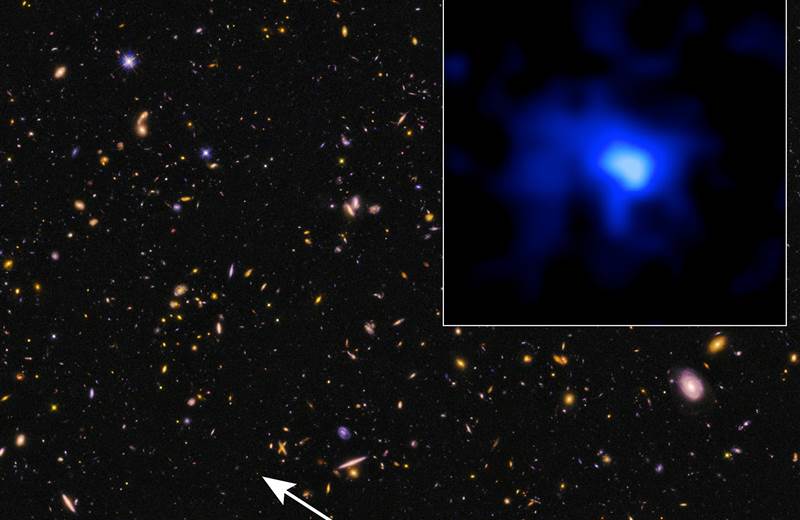
Figure 1 – Hubble Space Telescope image of the farthest spectroscopically confirmed galaxy, EGS-zs8-1, (inset).P. Oesch / I. Momcheva / Yale / NASA / ESA / 3D-HST / HUDF09 / XDF public domain.
I haven’t done one of these astronomy blogs in a while, but today I came upon the latest Hubble Space Telescope image and frankly, it takes my breath away. Astronomers have identified a galaxy (EGS-zs8-1) that is 13 billion light-years away, which makes it the most distant galaxy ever measured with the precise spectroscopic method known as red shift.
If you detect hemming and hawing in my voice, you are right. The suspicion is that there are further objects, but this hasn’t been proven yet spectroscopically. And in science proof is what it’s about, especially in a case like this where the distance means that it was around within a hundred million years or so of the birth of the universe. I’ll give you that the birthdate number may be ultimately revised as farther still objects are found. But the point is that this is about as early and as far as it gets.
Think about it this way. The earliest photograph was 1826. But you may view taking a photograph as a cooperation between subject properly ordered, posed and set, and the snapping of the shutter. If you take a photograph of the sun the process light from sun to camera takes about eight minutes to complete. Here the whole process took about 13 billion years. The start way predated Niépce. The end was almost 200 years after him.
